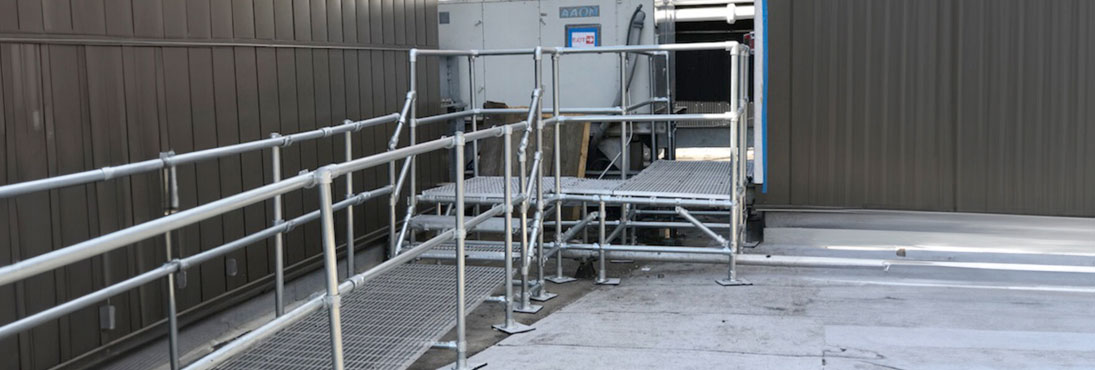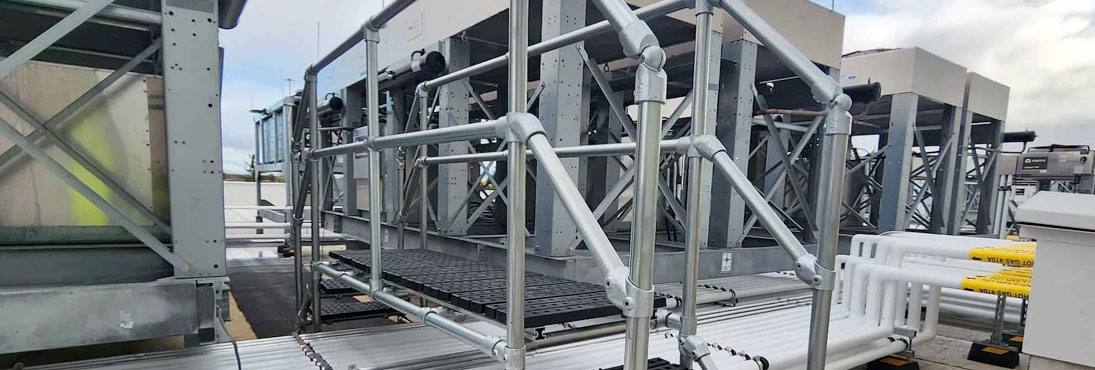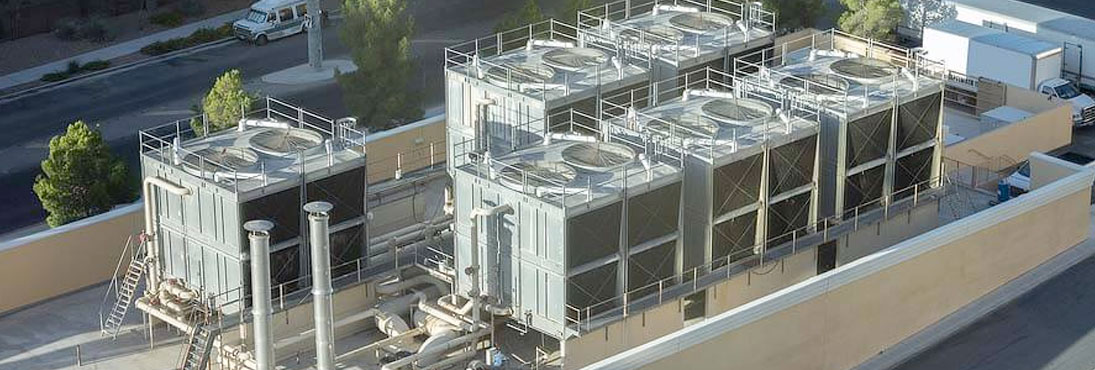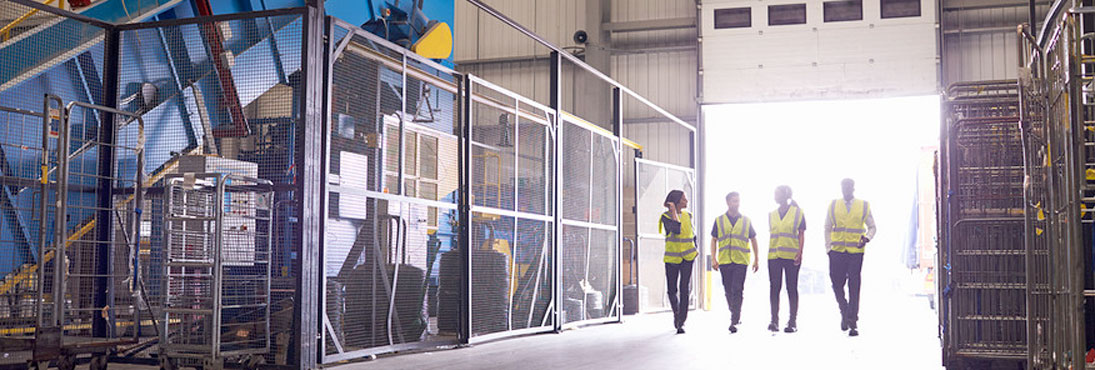How Can Governments and the Military Meet Their Fall Protection Platform Standards?
Doctors who smoke cigarettes. Barbers who don’t get haircuts. Auto mechanics who don’t change the oil in their cars. Landscapers who don’t mow their lawns. Dentists who chomp down on hard candy. Countless examples of professionals fall under the category of “Do what I say, not what I do.”
Do governments follow their own advice about fall protection work platforms? On the federal level, the Occupational Safety & Health Administration (OSHA) has several regulations regarding fall protection standards for “Walking/Working Surfaces.” These are often echoed in state and local laws.
From servicing military aircraft to inspecting building services equipment on school roofs, government officials on all levels must ensure that their workers are appropriately protected with fall protection platforms. What standards must they follow? What goes into a compliant platform? Where should these platforms be installed?

Where does OSHA stand on platforms?
OSHA has specific regulations regarding scaffolding and ladders; however, the standards that apply to work platforms—elevated walking and working surfaces by OSHA’s definition—are derived from various regulations about stairs, gates, and guardrails that apply to work at height:
- Standard Stairs – OSHA1910.25(c)
Standard stairs are installed at angles from 30 to 50 degrees. The stair treads should be at least 22 inches wide, with uniform step intervals of no more than 9-1/2 inches. The tread depth should be at least 9-1/2 inches. - Safety Gates – OSHA 1910.29(b)(13)
The regulation calls for a self-closing gate in a guardrail system that slides or swings away from a hole. A gate (with a top rail and mid-rail) can be installed at the top of stairs or other platform access points for added fall protection measures on an elevated work platform. - Guardrails – OSHA 1910.29(b)(1) & 1910.29(b)(3)
A walking/working surface (platform) of at least four (4) feet high must have guardrails on all sides that are at least 42 inches tall (+3 inches). The guardrails must withstand a force of at least 200 pounds (890 N) applied downward or outward within two (2) inches of the top edge at any point along the top rail.

What goes into a compliant work platform?
A pipe-fitted modular work platform constructed of corrosion-resistant aluminum or galvanized steel offers several advantages in strength, durability, and regulatory compliance. Designed and engineered to meet or exceed load ratings, they install quickly and easily on-site with components that assemble without welding or drilling.
Steps and platform decks have anti-slip treads that are anti-bounce and self-draining to prevent slippery surfaces. Guardrail systems can be fitted with toe boards to keep tools and materials from falling from the platform. Modular systems offer unmatched versatility:
- Fixed Access Work Platforms are ideal for frequent or hard-to-access work-at-height areas.
- Mobile Work Platforms are equipped with heavy-duty locking casters for station-to-station portability and are considered safer and more efficient than ladders.
- Adjustable-height Work Platforms – feature military-grade construction to provide access to different heights at the workstation.
- Custom Work Platforms — can be designed and engineered to meet a facility’s unique needs and work requirements. They can include ramps, catwalks, shop services (e.g., air, water, electrical), or other special features.

Examples of where the government and military use work platforms.
- Federal Government and the Military:
- The General Services Administration (GSA) manages federal buildings where work-at-height platforms are used for building maintenance.
- The Department of Defense (DoD) needs fall protection platforms at aircraft bases for maintenance and repair, as well as shipyards and other military bases.
- Laboratories in the Department of Energy (DOE) and NASA have many work-at-height needs.
- State Governments:
- Departments of transportation facilities need work platforms for maintenance on vehicles and the buildings.
- Public colleges and universities use work platforms for rooftop maintenance on dormitories, classrooms, and other structures.
- Parks and recreation departments need work platforms to maintain historical structures and operating facilities.
- Municipalities:
- Public works departments and utilities, including garages, sports and recreational facilities, and water and wastewater plants.
- Fire departments where platforms are to be used for training exercises and fire station maintenance.
- Public schools for maintenance of school buildings, especially work-at-height situations on the rooftop.

How can we help you?
If you are responsible for work-at-height fall protection in your facility, FlexDecks can help. As noted, our services include a hazard assessment, design and consultation, engineering, manufacturing, installation, and follow-up inspections and maintenance. Contact us for an evaluation of your facility’s safety needs.
